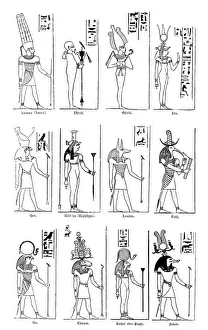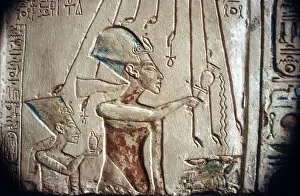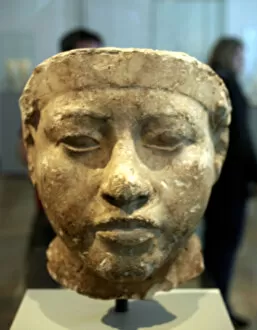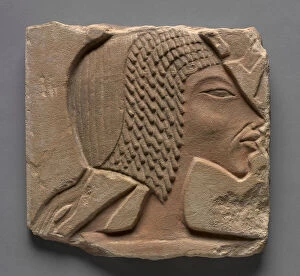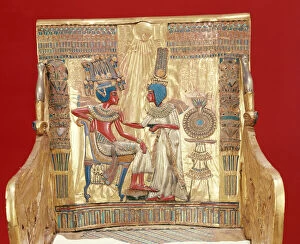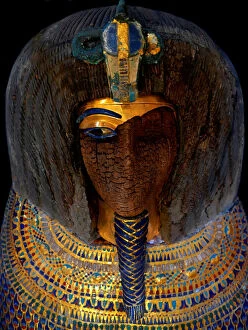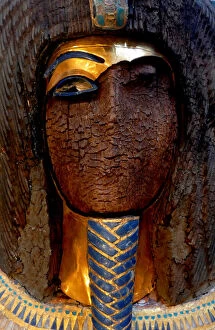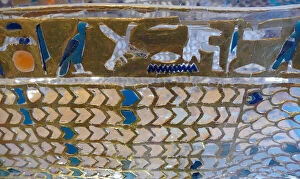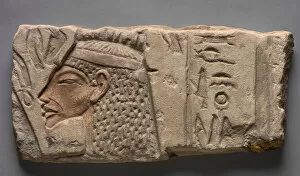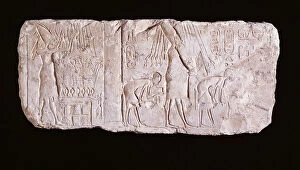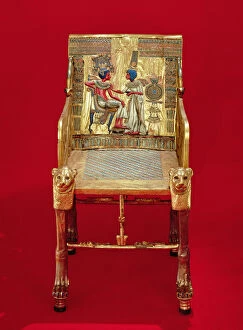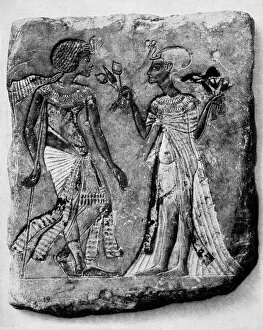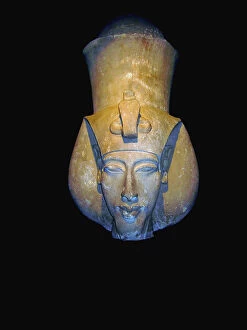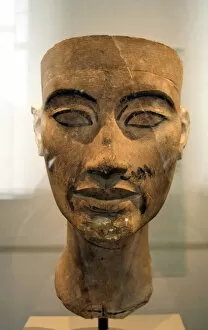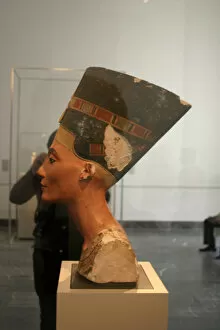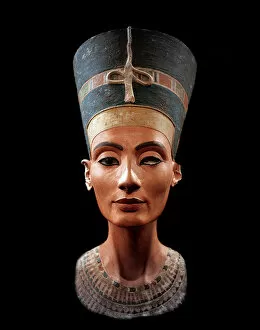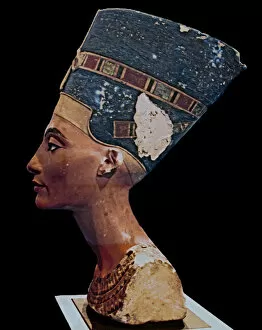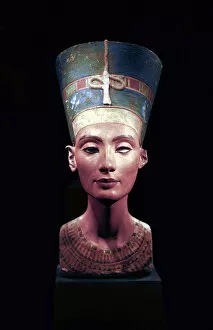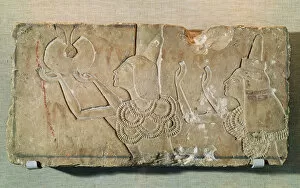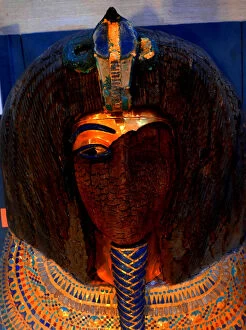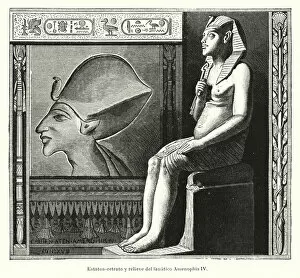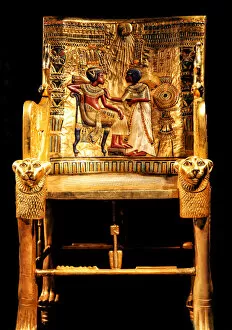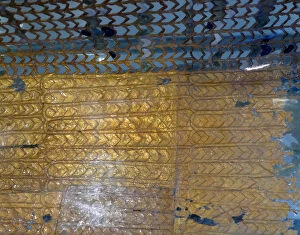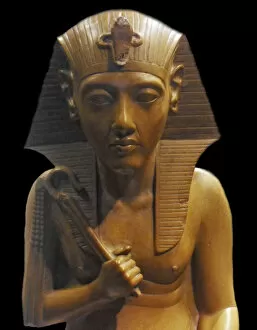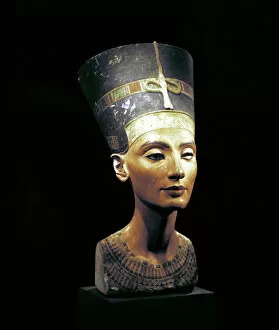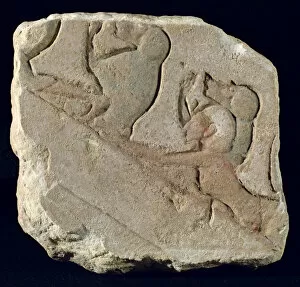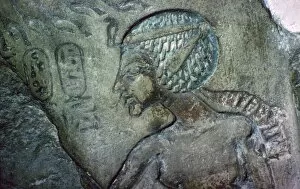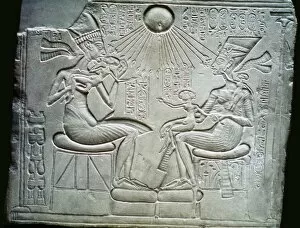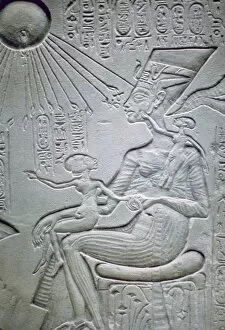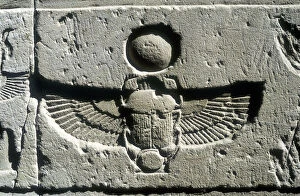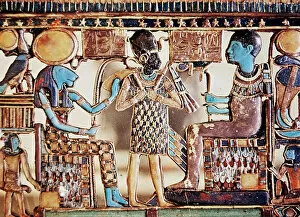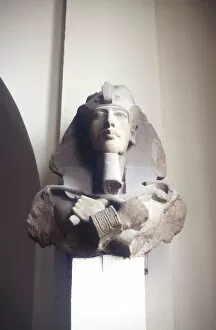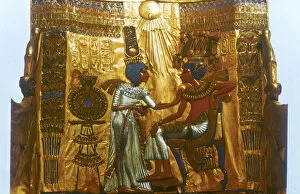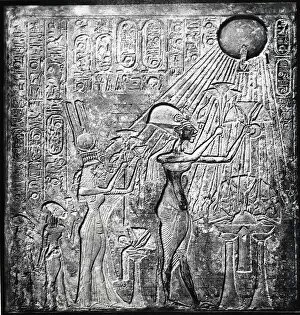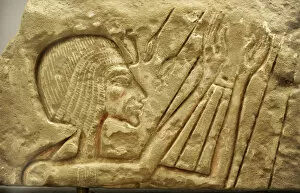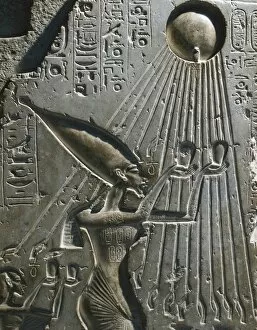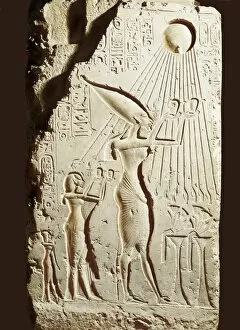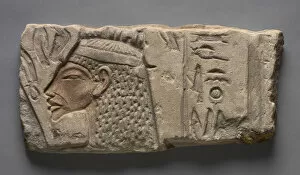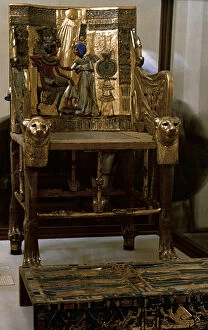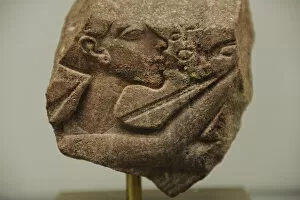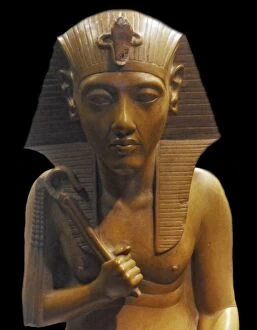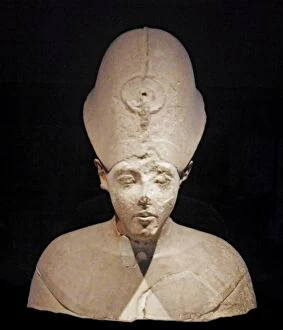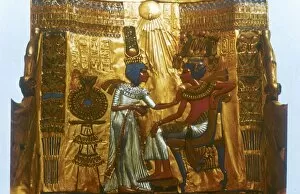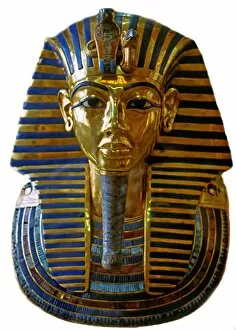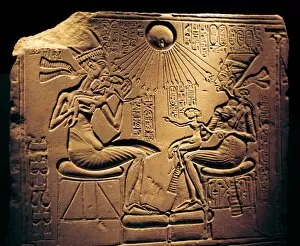Aten Collection
"Discovering the Divine: Aten, Egyptian Gods, and Akhenaten's Legacy" Step into the captivating world of ancient Egypt as we explore the fascinating realm of Aten
For sale as Licensed Images
Choose your image, Select your licence and Download the media
"Discovering the Divine: Aten, Egyptian Gods, and Akhenaten's Legacy" Step into the captivating world of ancient Egypt as we explore the fascinating realm of Aten, an Egyptian god who held immense significance during the reign of Pharaoh Akhenaten and his family. At the heart of this tale lies a remarkable piece of art - the Relief of Akhenaten and Nefertiti under the rays of Aten, housed in the prestigious Egyptian Museum in Cairo. Akhenaten, known as "the heretic king, " challenged traditional religious beliefs by introducing Aten as a sole deity to be worshipped. This revolutionary shift is beautifully depicted in various artworks from that era. One such masterpiece is a stunning relief found at El-Amarna portraying Akhenaten and his beloved wife Nefertiti basking under the divine rays emanating from Aten. Nefertiti herself remains an iconic figure in history. Her timeless beauty immortalized through masterful sculptures like Bust of Nefertiti or Talatat: Portrait of Nefertiti showcases her status as Great Royal Wife to Pharaoh Akhenaten. The opulence and grandeur associated with these rulers are evident when gazing upon artifacts such as Throne from Tutankhamun's tomb or Sarcophagus of Akhenaten. Crafted meticulously using gilded wood and stone, these treasures offer glimpses into their majestic lives. Talatat: Nefertiti Offers to the Aten further highlights their devotion to this new deity. Painted on sandstone blocks, it depicts Queen Nefertiti presenting offerings to honor Aten's power and grace. Intriguingly, Relief depicting King Akhenaten standing with arms upraised symbolizes his connection with divinity while emphasizing his role as both ruler and spiritual leader.

